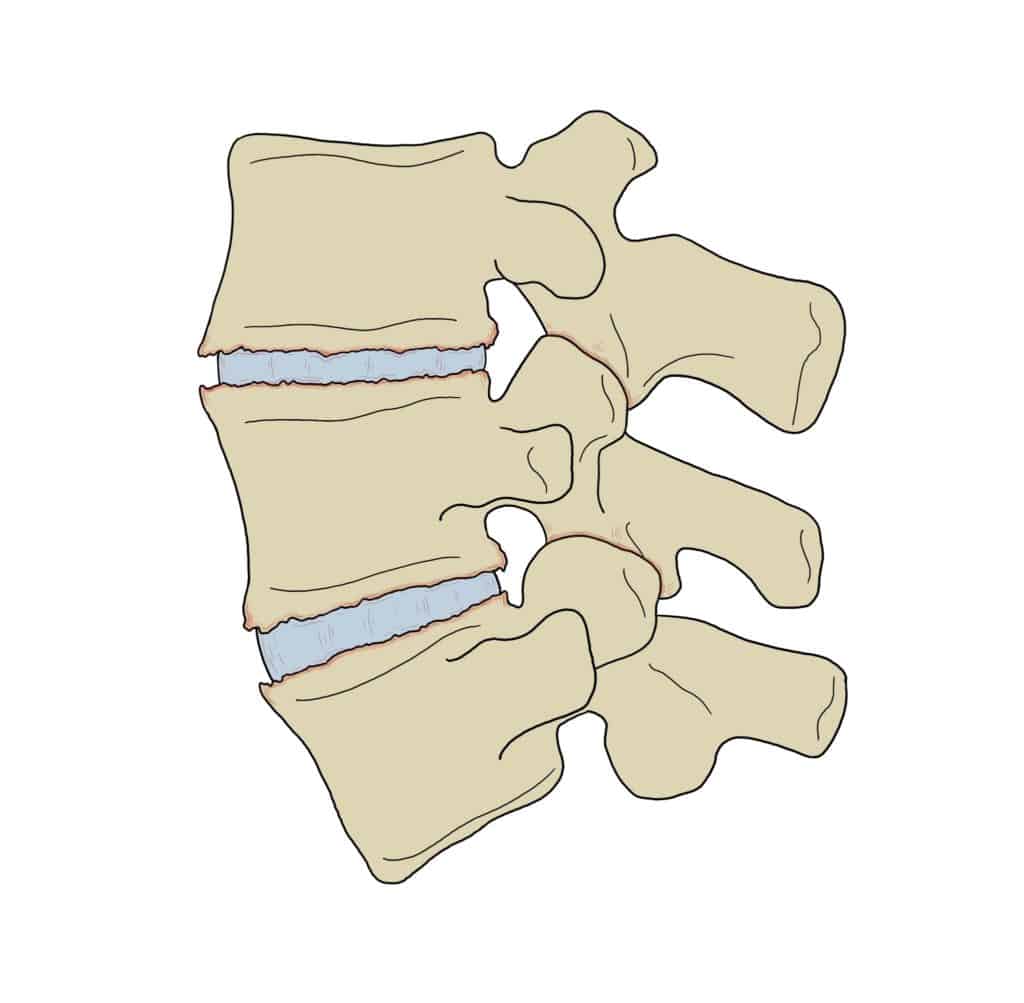Spine & Back
Safe and effective treatment targeted at specific conditions to help ease and manage back pain.
Lower back pain is one of the leading causes of disability and time off work, it will affect over 80% of us at some point in our lives and so unsurprisingly it is the most common complaint from our patients. Osteopathy is recommended by NICE guidelines for the treatment of lower back pain. Here at The Sussex Osteopaths we’ve treated thousands of patients with back pain so you can rest assured you’re in safe, capable hands.
Disc Herniation/Disc Bulge
A disc herniation is sometimes known as a ‘slipped disc’.
Between each of the vertebrae that make up our spine there is a shock-absorbing disc made of cartilage. They have a soft, jelly like inner centre surrounding by tough fibrous outer rings of cartilage. A disc herniation occurs when the soft jelly like middle part of the disc pushes out against the fibrous outer rings and creates a bulge.
The actual disc herniation itself is not painful. In fact, as many as 75% of us have disc herniation with no symptoms at all, they are often incidental findings on MRI reports. However, the bulge can press onto structures such as nerves in the lower back, this causes irritation and inflammation and consequently pain.
A common assumption is that disc are damaged due to poor lifting technique become damaged. Whilst this is sometimes the case, disc injuries can also occur due to relatively minor movements and most are as a result of gradual aging-related wear and tear.
Disc injuries can take a while to fully heal, but osteopathy can speed up this process significantly. Your osteopath will be able to reduce the muscle spasm and pain associated with discal injuries and help to prevent recurrent episodes of lower back pain.
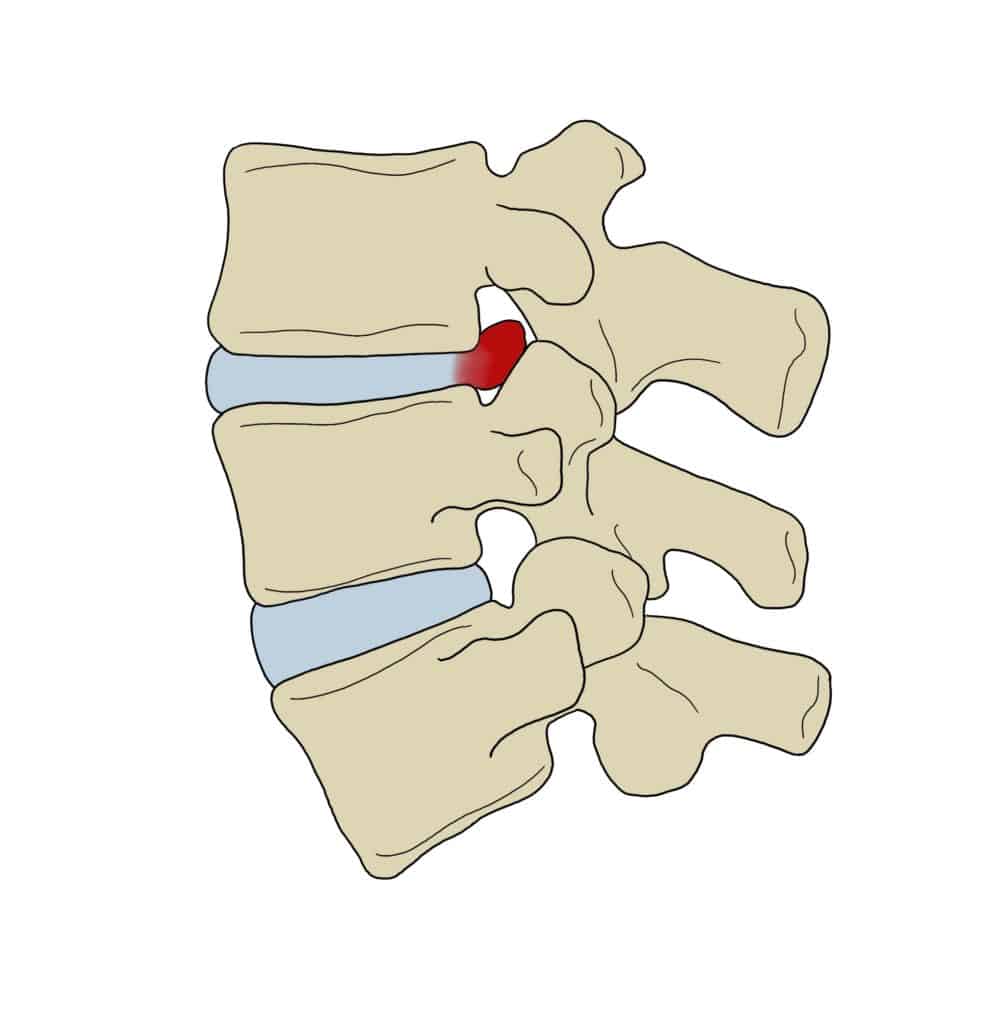
Sciatica
Sciatica is the term used to describe nerve pain down the length of the Sciatic nerve. It occurs when the Sciatic nerve is irritated, inflamed or compressed.
Sciatica can cause pain anywhere from your lower back, to your gluteal muscles, down the back of the leg and into the foot. The pain is usually described as shooting or stabbing sensations. You may also experience pins and needles, numbness or weakness in the affected limb.
Sciatica usually improves in around 6-8 weeks. Osteopathy can help reduce this healing time, and ensure that you are more comfortable, particularly during the initial very acute phase. We can also offer you advice on how to prevent future episodes of sciatica.
It is very important that you seek immediate medical attention if you have any of the following symptoms:
• Pain or Numbness into both legs that is severe or worsening
• Pins and needles or numbness in the genital area
• Lack or Loss of control of your bowel or bladder
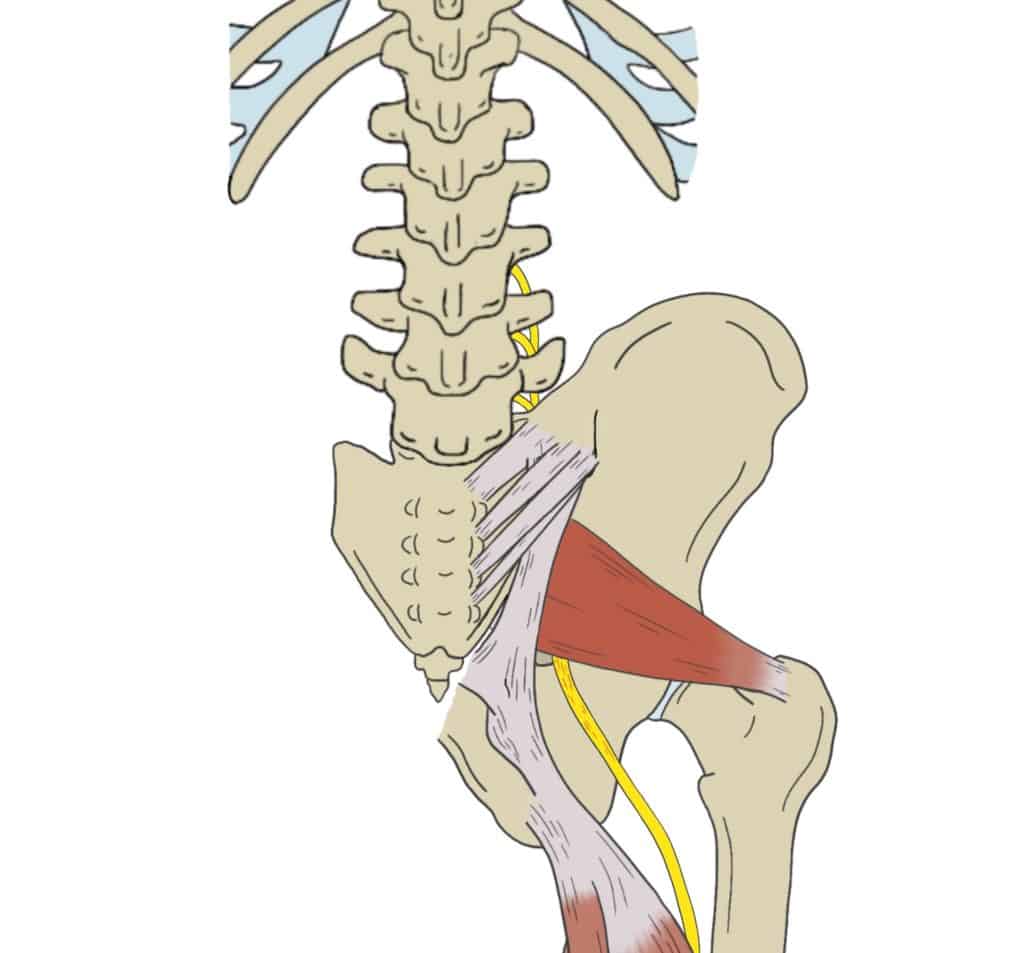
Facet Joint Irritation
The bones that make up our spine are called vertebrae. Where these vertebrae connect to one another is called a facet joint.
The facet joints can become painful for many reasons. The most common cause of facet joint pain is degeneration. Many forces are transferred through the facet joints and they bear a large amount of weight for the size of the joint, this predisposes them to degeneration and injury.
Acute facet injury can occur after sudden trauma such as a sports injury, road traffic accidents or a fall down the stairs. Facet joints can also become irritated and inflamed after repetitive or minor trauma such as twisting awkwardly in bed or whilst driving looking over your shoulder in the blind spot of your car. Equally, manual labour tasks like lifting and twisting or sports like gymnastics where there are lots of backward bends and twists involved can cause facet joint injury. Sometimes facet joint pain occurs innocuously and you won’t know what you have done to cause the pain.
The most common symptom of facet joint pain is back pain, but you may also get muscle spasm and/or Sciatica as a result of facet joint injury.
Facet joint pain responds very favourably to osteopathic intervention.
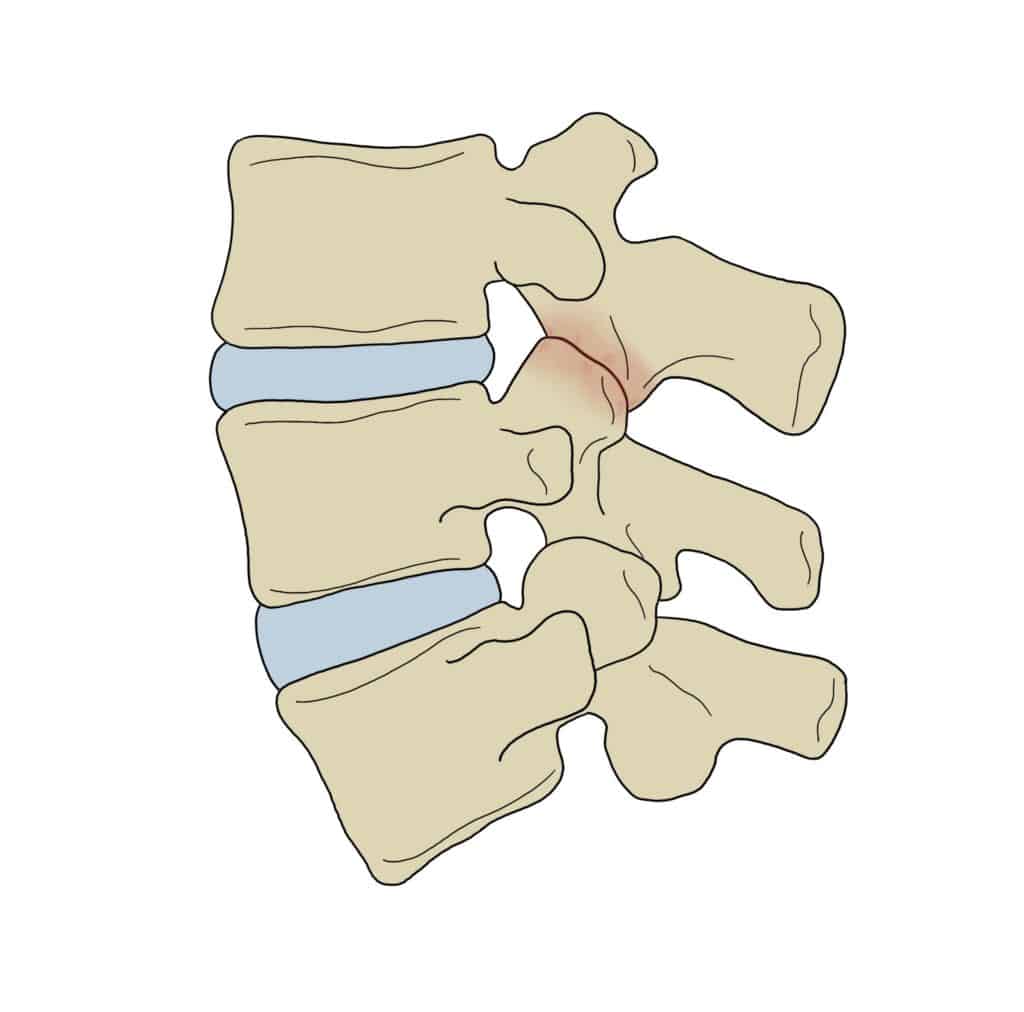
Muscle Strain
When soft tissues in the body are overstretched or torn the area will become inflamed. A muscle strain will cause pain directly over the area that has been injured. It may also be red, hot or bruised. Movement is likely to make it worse and it may possibly spasm on certain movements.
Compared to other lower back injuries, muscle strains are relatively straightforward to treat and heal fairly quickly with osteopathic treatment. However, the muscles assisting movement in our lower back are some of the strongest muscles in the body; it is therefore unlikely to attain a muscle strain in the lower back without some form of injury to other structures in the spine as well. For example, it is often the case that there is muscle strain alongside a disc herniation caused by lifting a heavy object with incorrect posture.
The good news is that osteopathic treatment can help to relieve the initial pain associated with muscle strains and spasm, once the acute pain has dissipated, we can work on treating the associated injuries such as disc herniation. We can also provide you with rehab exercises in order to prevent the same injury reoccurring.
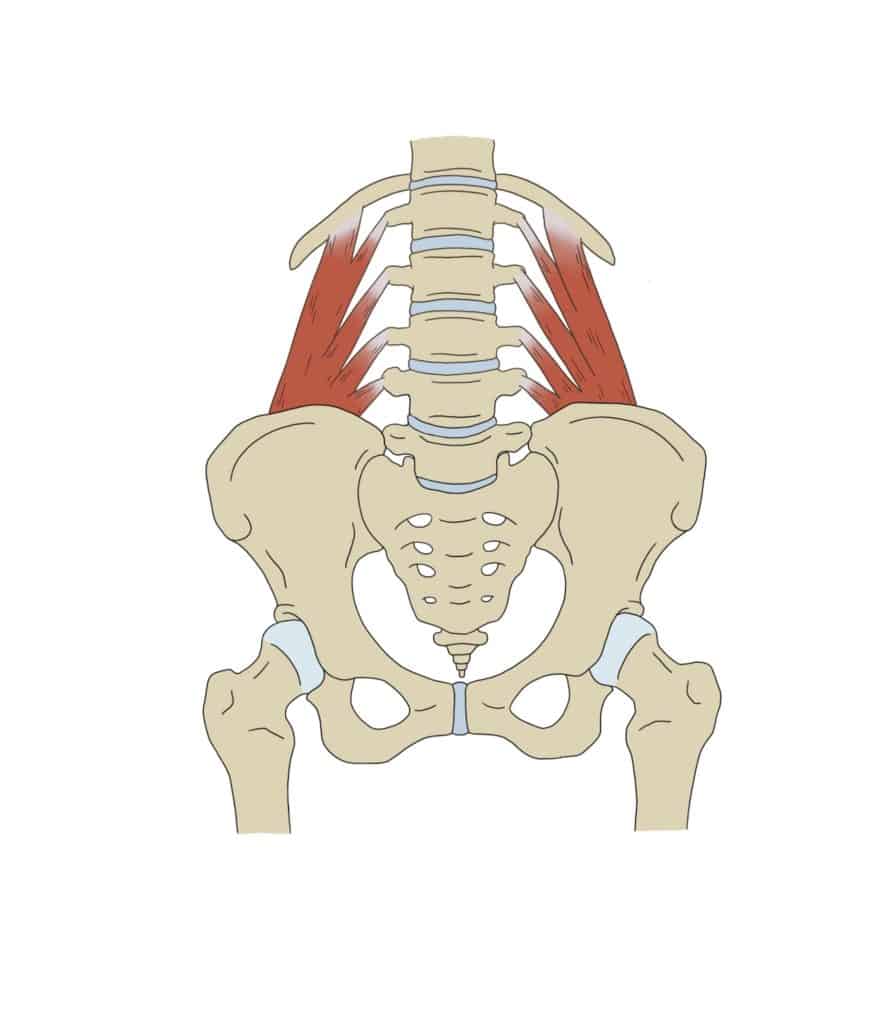
Scoliosis
Scoliosis is a curvature of the spine. If you have scoliosis you may notice that you have a visible twist or curve in the spine or that one shoulder blade appears higher or more prominent than the other.
If a therapist has previously told you that you have scoliosis, please do not panic. On its own, scoliosis does not usually cause pain; in most cases the curvature of the spine is mild and often goes unnoticed by the individual. It can however, predispose you to lower back pain due to the adaptations that the body must make to compensate for the curvature.
Whilst no therapist can straighten your spine for you, your osteopath advise you on appropriate exercises to encourage your body to work in a more even fashion and help prevent any future problems arising.
In severe cases the curvature of the spine is more drastic, which can cause disabling effects on the individual. Osteopathy can help to manage the symptoms of these patients and help to improve the function of other areas in order to help the body compensate for the structural differences.
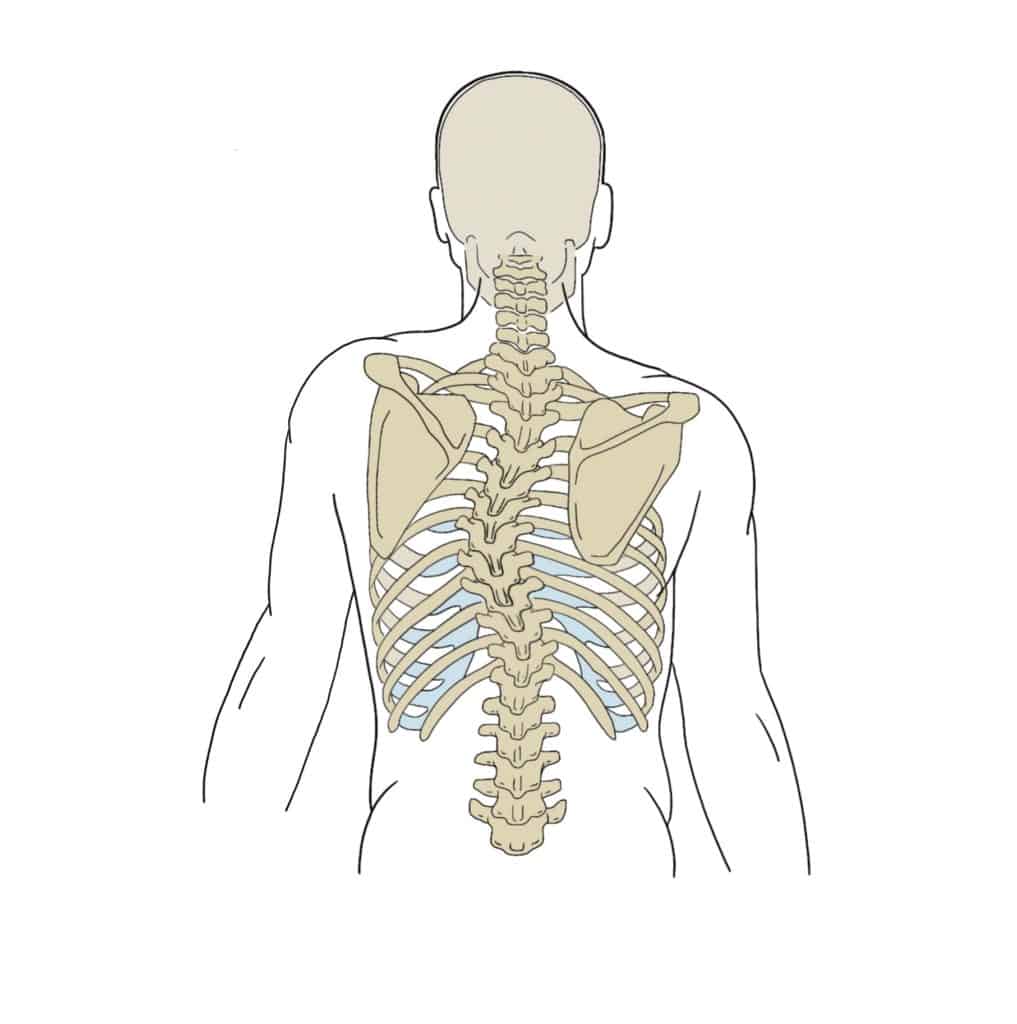
Arthritis
Osteoarthritis is a common condition that causes pain and inflammation in a joint. Often referred to as ‘wear and tear’ of the joint, it can occur at any age as a result of an injury but is most common in people over the age of 45.
The cartilage within the joint becomes thinner, meaning that there is more friction. Osteoarthritis is a normal, natural part of the ageing process and many people with it will suffer no symptoms at all! However, when osteoarthritis is symptomatic, patients complain of stiffness, reduced range of movement and pain on activity.
There is no cure for osteoarthritis; however, osteopathy can offer symptomatic relief for many patients. Osteopathy can help to increase range of movement available in the joint, decrease pain and improve function. Laser therapy has also been shown to be effective in reducing pain associated with arthritis. We are also able to offer “pre-hab” for those patients awaiting a joint replacement.
